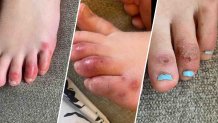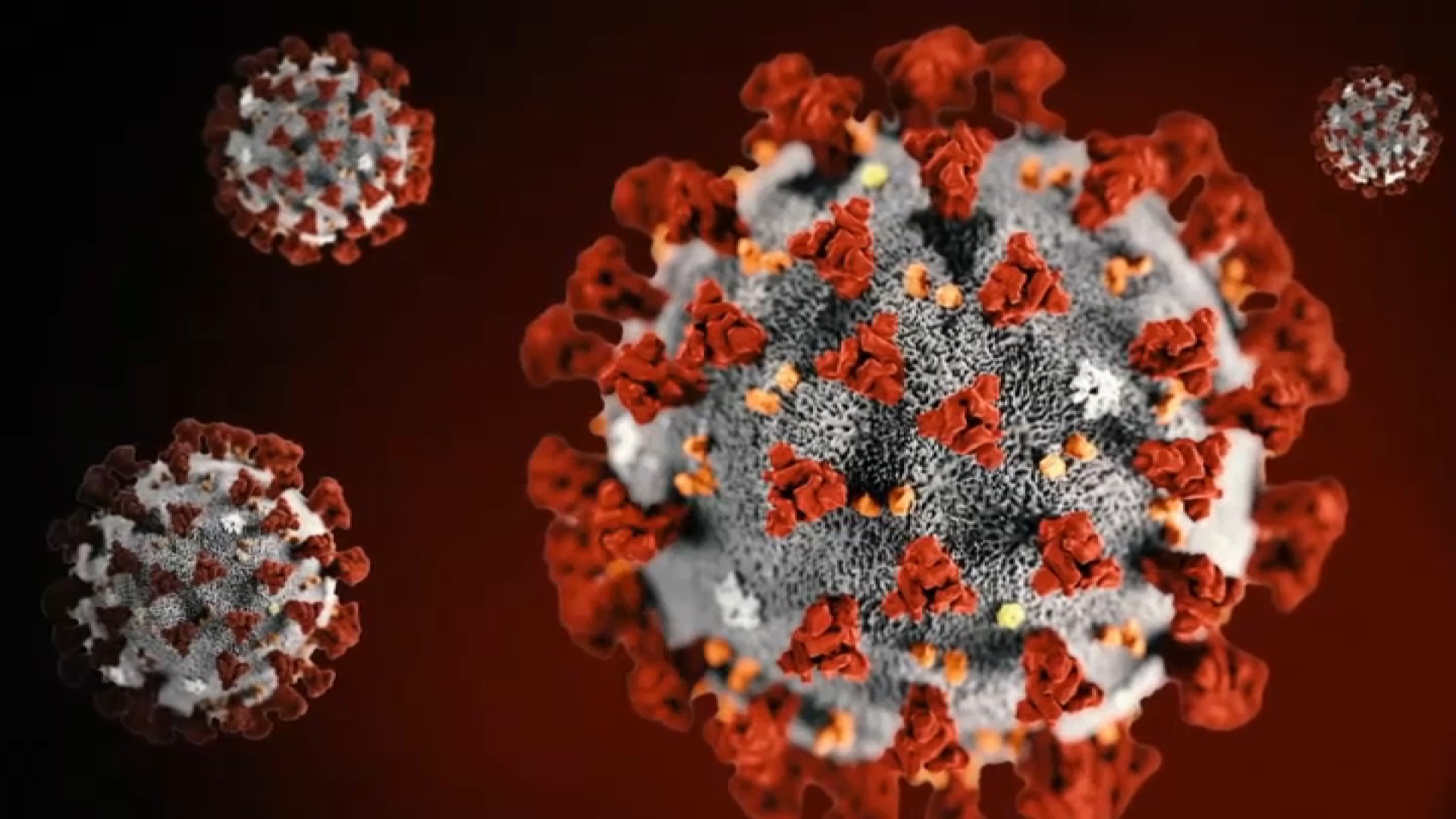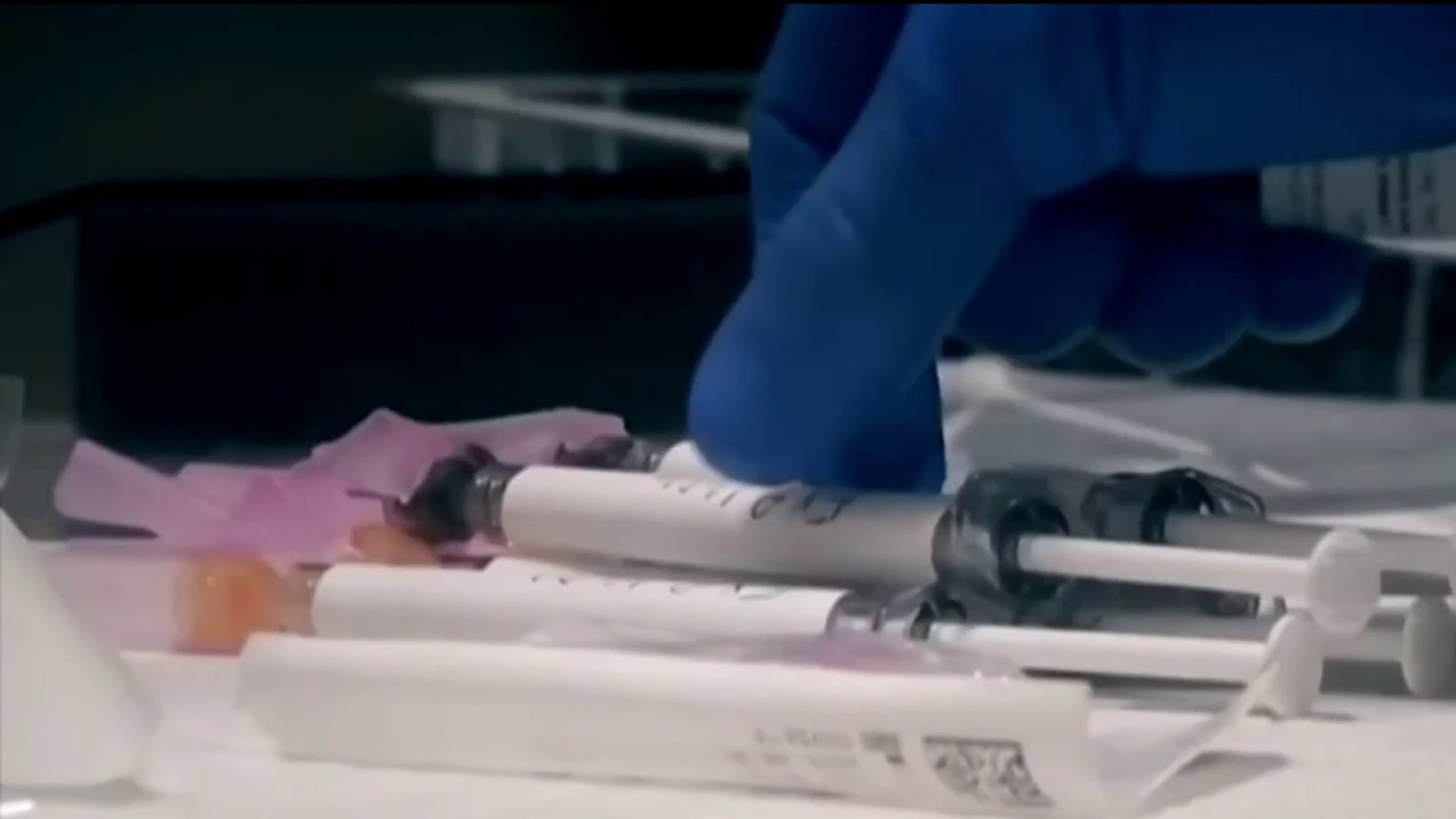Cases of a mysterious skin condition that causes purple, blue or red discoloration in toes and occasionally fingers are popping up around the country, according to Northwestern doctors, leading some dermatologists to wonder if it may be connected to coronavirus.
Dr. Amy Paller, a dermatologist for Northwestern Medicine, said she has seen images of roughly 30 cases of the condition, dubbed by dermatologists as "COVID toes."
Though Paller said testing is still needed to determine what exactly is causing the condition, the timing is hard to ignore.
“We don’t know for sure if it’s related to COVID-19, but when it’s so common right now during a pandemic and is occurring in otherwise asymptomatic or mildly affected patients, it seems too much of a coincidence not to be a manifestation of the virus for patients in their teens and 20s,” Paller, the chair of dermatology at Northwestern University Feinberg School of Medicine and a pediatric dermatologist at Ann & Robert H. Lurie Children’s Hospital of Chicago, said in a statement. “I think it’s much more rampant than we even realize."
Paller said a small portion of patients with the condition have tested negative for coronavirus "but we still suspect a relationship."
"Many have had some mild viral symptoms in the week before and it might be a sign during the 'convalescent' healing period when no longer contagious," she said. "We won't understand the association until we can test this more broadly."
Paller said the condition appears similar to one known as pernio, which happens in response to cold, but "COVID toes" varies from bright red to purple and affects broader areas of the toes and sometimes even the bottoms of feet and fingers. Feet can occasionally become itchy, painful or may show no other symptoms besides discoloration.

"We think something like this may be happening in response to the inflammation, perhaps caused as part of the response to the COVID-19 virus," she said.
Coronavirus Pandemic
Full coverage of the COVID-19 outbreak and how it impacts you
Paller isn't alone in her thinking.
Dr. Esther Freeman, a dermatologist at Massachusetts General Hospital in Boston, told TODAY she has seen similar cases.
The American Academy of Dermatology Association is also asking healthcare workers and physicians to document in a survey if any COVID-19 patients "develop dermatologic manifestations."
Of the 90 to 100 reports from the first week, Freeman said nearly half addressed patients with purple lesions on feet or hands. For some but not all patients, it was the only symptom.
"I wouldn't take purple toes as meaning, 'I'm definitely going to get sick' or 'I'm not going to get sick,'" she told TODAY.
Paller and Freeman both said the condition appears to resolve "spontaneously" for most.
Paller suggested for those who are otherwise healthy to get an antibody test when available.
The list of potential coronavirus symptoms continues to evolve as knowledge about the virus grows.
Already, the loss of smell or taste and diarrhea have been added as potential symptoms by the Centers for Disease Control and Prevention and the World Health Organization, though neither organization lists skin rashes so far.
When asked during Monday's coronavirus press briefing, Illinois Department of Public Health Director Dr. Ngozi Ezike acknowledged the possibility that skin rashes could be a new symptom.
"The beginning of this we were saying it was cough, fever, shortness of breath, we're now seeing a lot of difficulty smelling, loss of smell, we've had some redness of the eyes so there are a lot of different presentations of this virus," she said. "The longer we know the virus, the more we see of it - again remembering that we've only known this virus really for the last four months- and so as we get more data, as we see more people who come positive, as we see their symptom of etiology, we develop new symptoms that we see have become more prevalent. We're continuing to amass that data and so I'm not surprised if new symptoms come along that will be shown to be part of the virus.
Ezike said while it might become a symptom, it's not likely to be a widespread indicator.
"Again these viruses can show themselves different in different people just like influenza can cause diarrhea in someone and cough in another," she said. "So yes, I wouldn't be surprised if rash could be something that could be seen in people, but maybe it's not the majority of people and maybe it's a much smaller minority."
Meanwhile, a flood of new research suggests that far more people have had the coronavirus without any symptoms, fueling hope that it will turn out to be much less lethal than originally feared.
In the last week, reports of silent infections have come from a homeless shelter in Boston, a U.S. Navy aircraft carrier, pregnant women at a New York hospital, several European countries and California.
The head of the U.S. Centers for Disease Control and Prevention says 25% of infected people might not have symptoms. The vice chairman of the Joint Chiefs of Staff, Gen. John Hyten, thinks it may be as high as 60% to 70% among military personnel.



